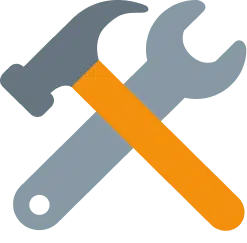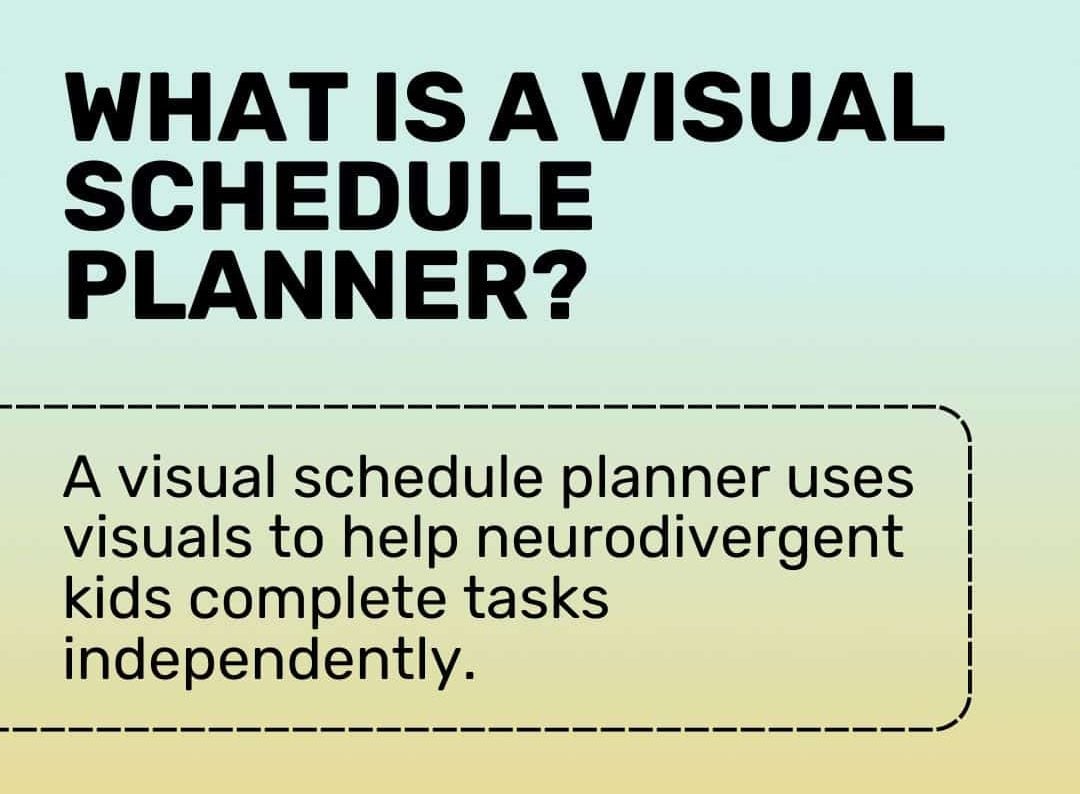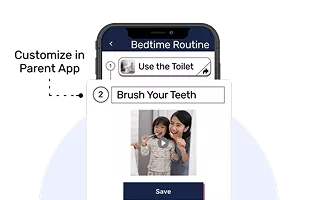Visual supports are tools that help kids understand and remember things better. They use pictures, charts, or written words to make instructions and routines clearer. For example, a picture chart might show steps for brushing teeth, helping a child follow along easily.










